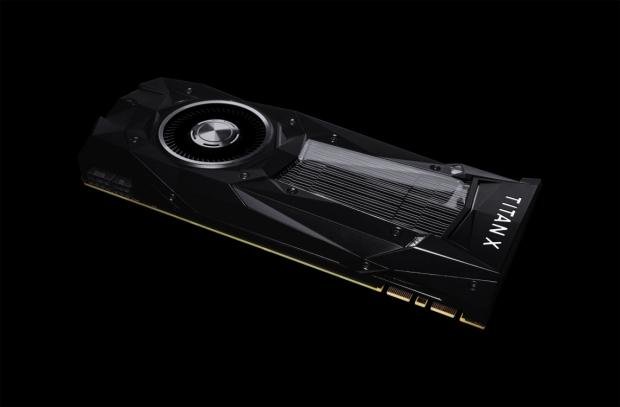Not a Late April Fool's Day Joke
NVIDIA's surprise announcement of its super-fast TITAN Xp graphics card has made me think about the reasoning behind its release... now, of all times - on the heels of the GeForce GTX 1080 Ti.
It's also an incredibly confusing naming scheme that NVIDIA has adopted, but before I get into that - let's look at NVIDIA's previous TITAN X graphics cards, and their official (and unofficial) names:
- GeForce GTX Titan X (Maxwell) aka TITAN X(M)
- TITAN X (Pascal) aka TITAN X(P)
- TITAN Xp (Pascal) aka the new TITAN X(P)
NVIDIA just finished launching their new GeForce GTX 1080 Ti, which provided better than TITAN X(P) performance for nearly half the cost ($699 vs. $1200) - and now we have custom GTX 1080 Ti cards like MSI's new GeForce GTX 1080 Ti Gaming X 11G that is beating both the GTX 1080 Ti Founders Edition, and TITAN X(P).
Now we have the new TITAN Xp graphics card, and while it's indeed faster and beefier than the previous TITAN X(P) - was it needed weeks after the release of the GTX 1080 Ti? No, no it wasn't.
AMD Radeon RX Vega Has Scared NVIDIA
All I keep thinking is: AMD has its truly next-gen GPU architecture right around the corner, with its Radeon RX Vega graphics card promising some big technological exclusives and advantages over NVIDIA. There's the new Vega GPU architecture, which is a big departure from the mid-range/mainstream GPU architecture of Polaris - and a difference to NVIDIA's current-gen Pascal GPU architecture, which is a super-refined version of Maxwell.
NVIDIA's true next-gen GPU architecture, which is Volta - due in 2018.
AMD will thump down its new Vega architecture with a truly next-gen series of graphics cards in the Radeon RX Vega family, led by HBM2 and HBC technologies. AMD's upcoming Radeon RX Vega will be the first consumer graphics card ever released with HBM2 technology, and it will also rock High Bandwidth Cache, or HBC. HBC is the big onion of the Vega NCU, with plenty of layers to peel back, each with exciting technologies behind them.
This leads me to a few possible scenarios:
- NVIDIA will not just detail Volta at its own GPU Technology Conference in May, but it will release a new Volta-based TITAN Xv (I guess?) at GTC.
- AMD has NVIDIA a little scared with Radeon RX Vega, and is very strangely releasing graphics cards to get rid of excess inventory?
- Radeon RX Vega is coming along better than AMD hoped for, and I'm sure NVIDIA have found out.
If it is scenario 3, then we are in for an exciting ride over the next couple of months leading into Computex. This is the first time NVIDIA has had to worry about its high-end graphics card range having a competitor, as the only card the Radeon RX 480 begins to compete with is the GTX 1060. NVIDIA owns the high-end/enthusiast markets with its GTX 1070, GTX 1080, GTX 1080 Ti, and TITAN X(P) - and now we have the GTX 1060 9Gbps, GTX 1080 11Gbps, and the new TITAN Xp.
Final Thoughts
AMD might have NVIDIA worried with Radeon RX Vega, but what could NVIDIA do from here? Volta is reportedly not ready, and won't be ready until at least 2018 - and I don't think we'll see a HBM2-based Pascal graphics card. GDDR5X at higher than 12Gbps (maybe 14Gbps) on a Volta-based GPU, early - with a big strike at GTC 2017 with TITAN Xv. TITAN Xv (I'm sure I'm the first to call it that) could be the true monster NVIDIA is chipping away at behind the green curtain.
However, AMD has some game-changing technology on its side with HBM2 and HBC - and with the next-gen Vega GPU architecture sprinkled on top... we could be in for a game changing next few months.







